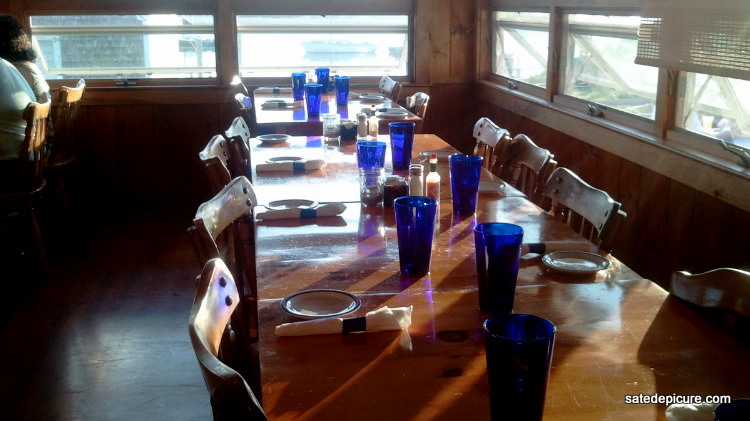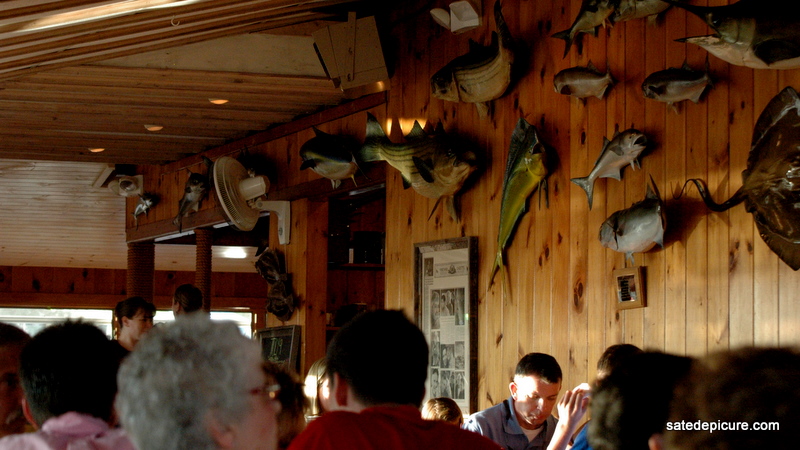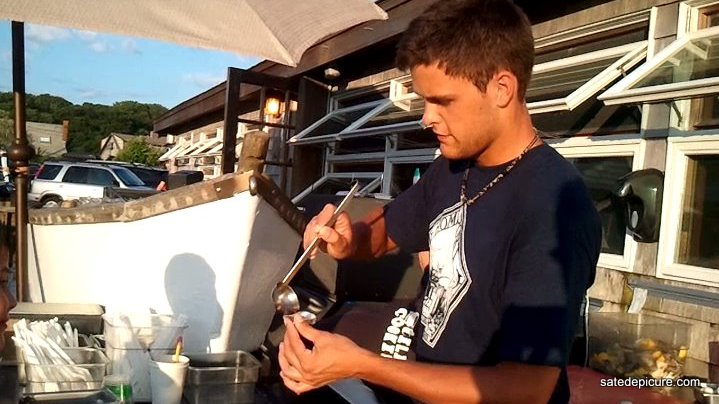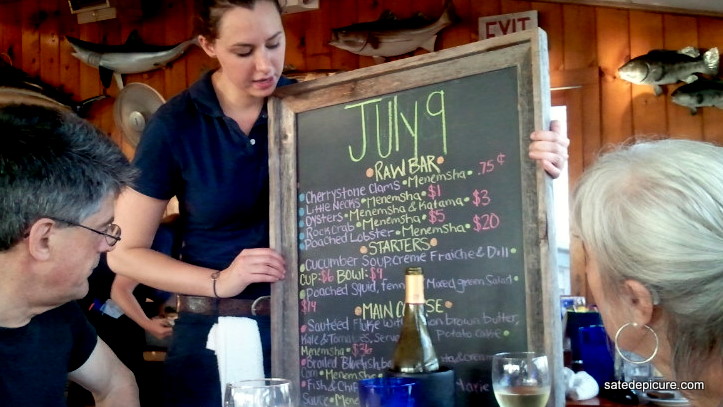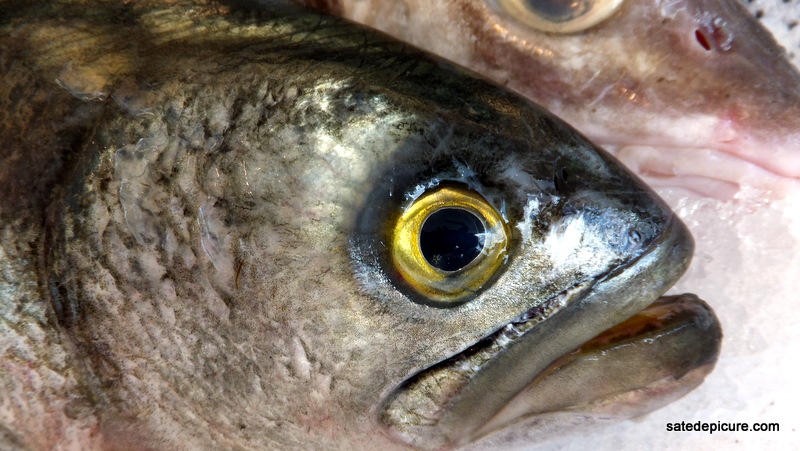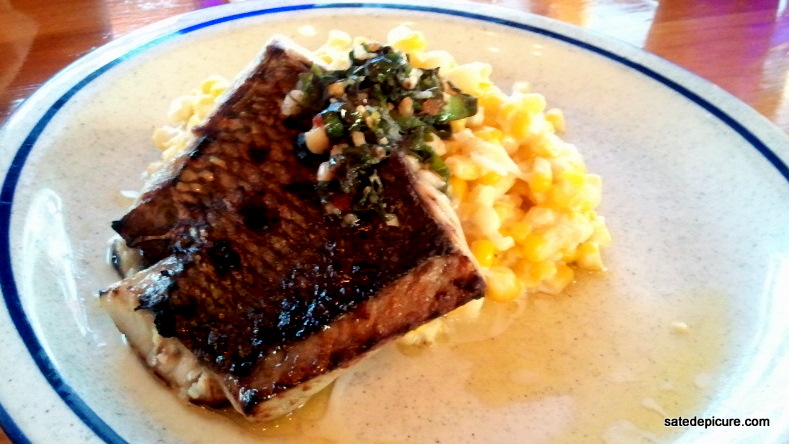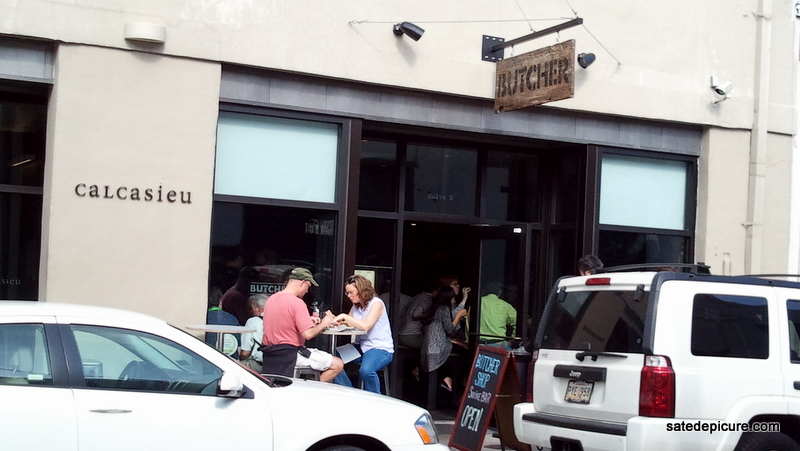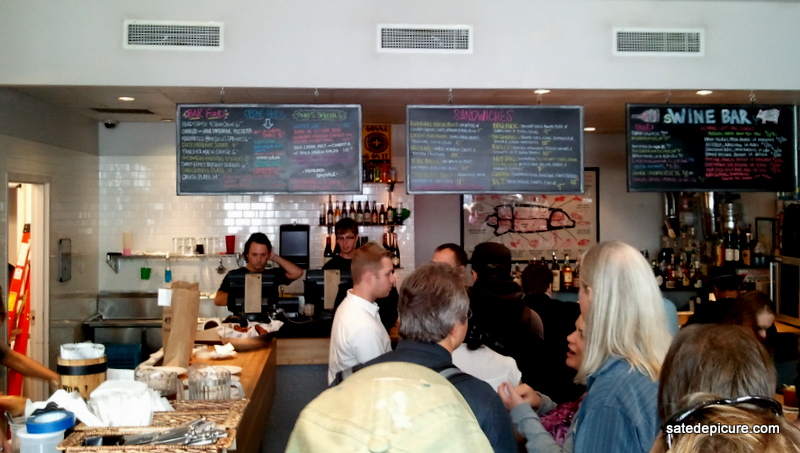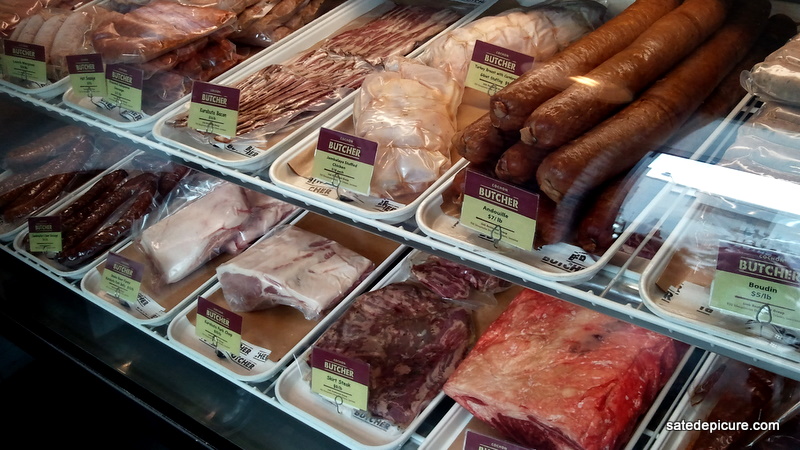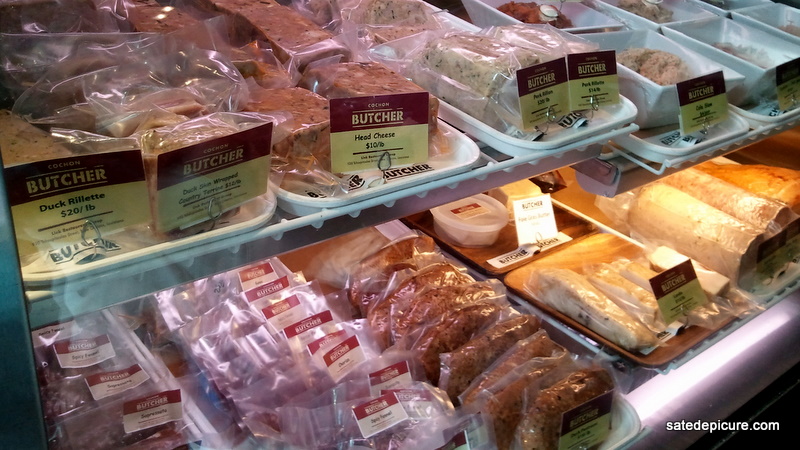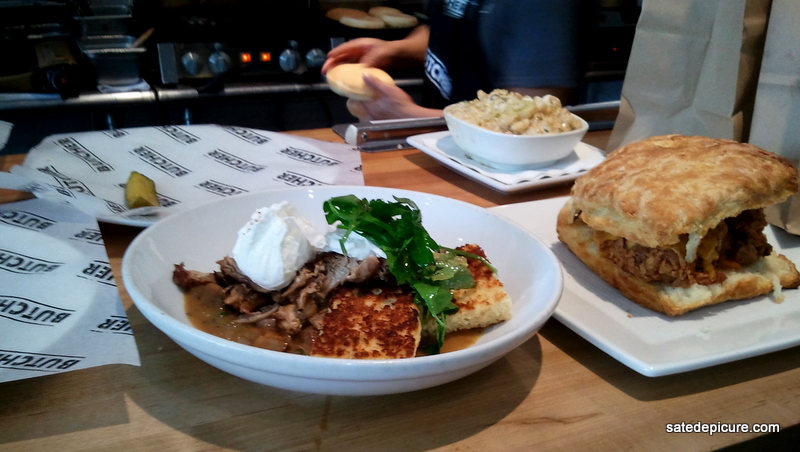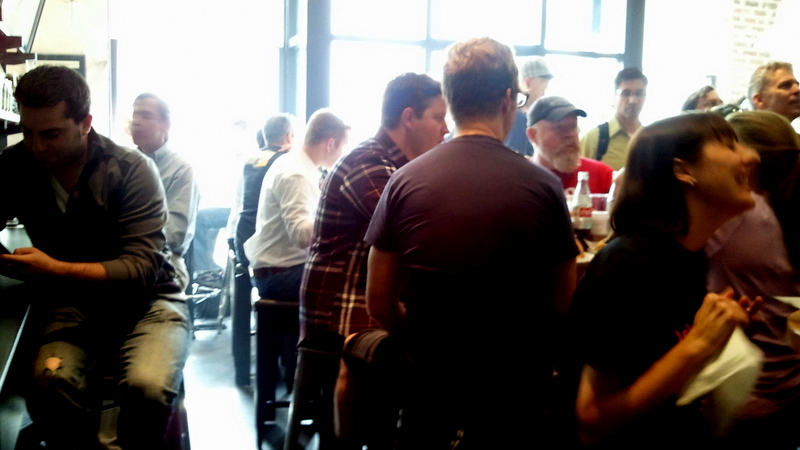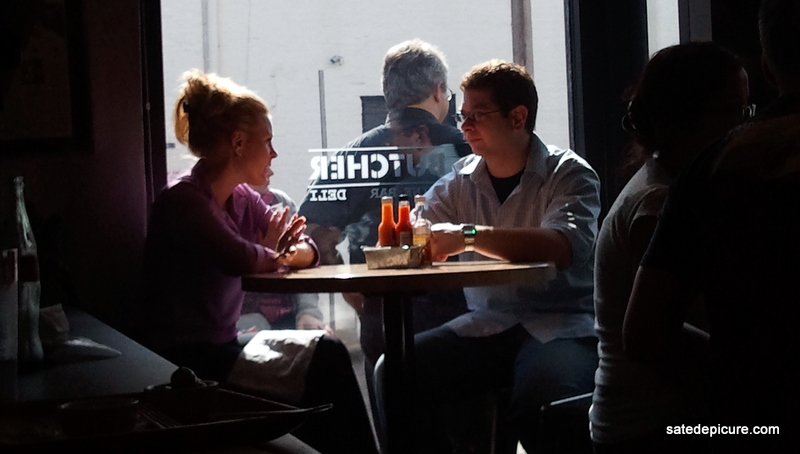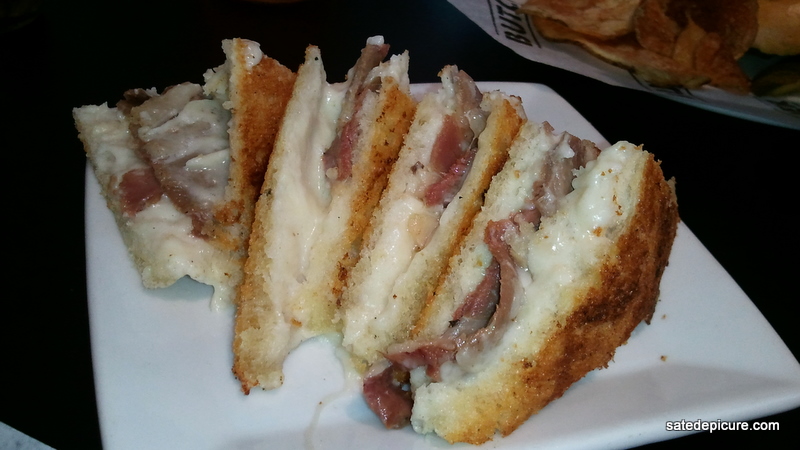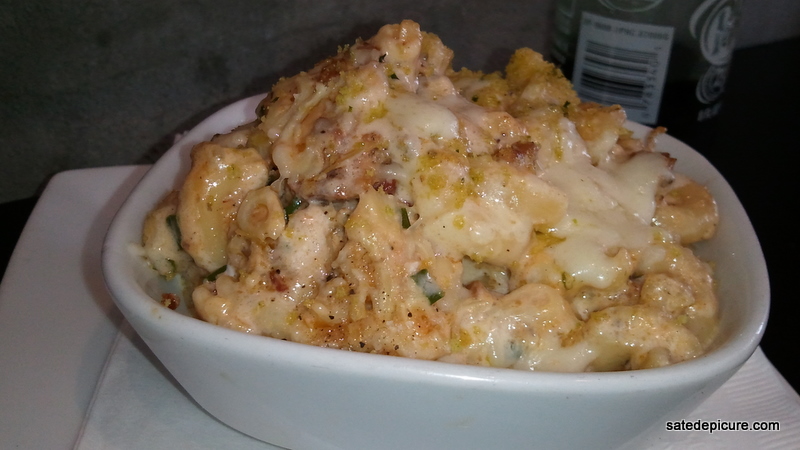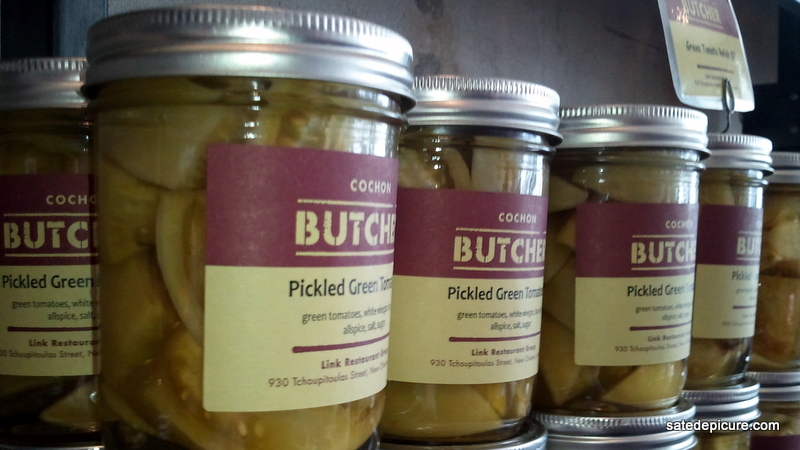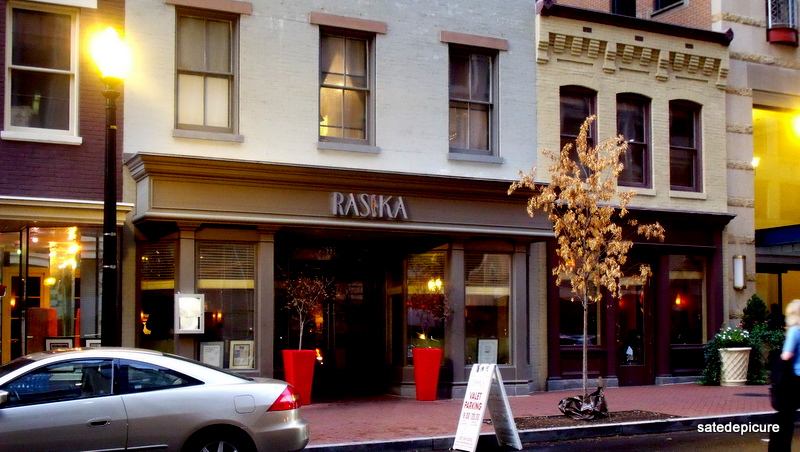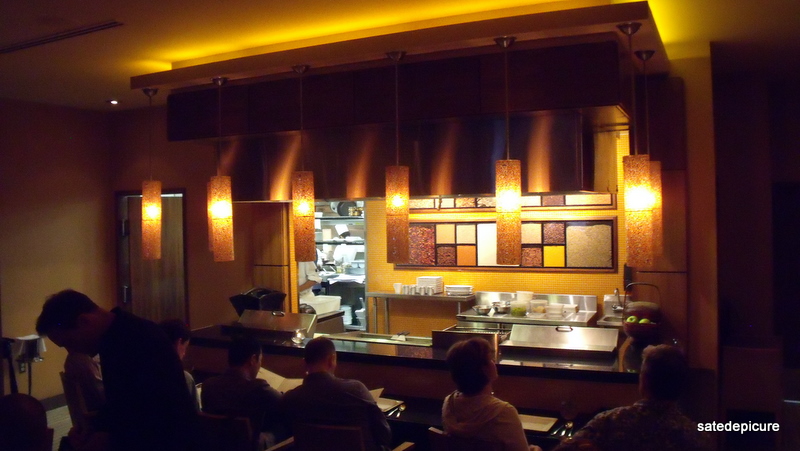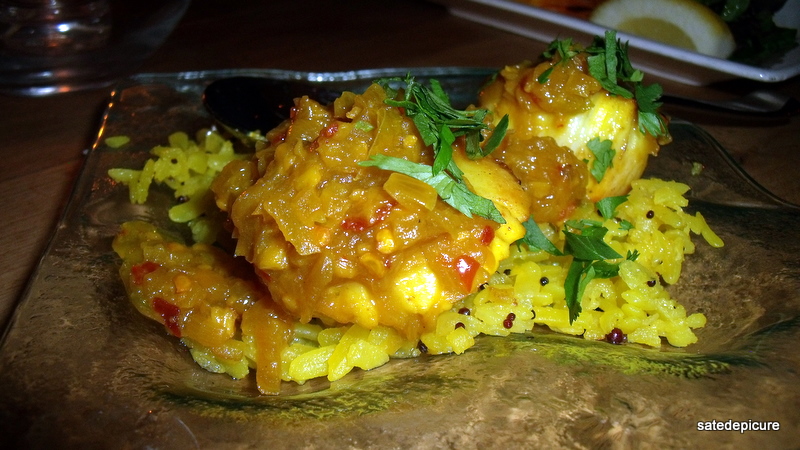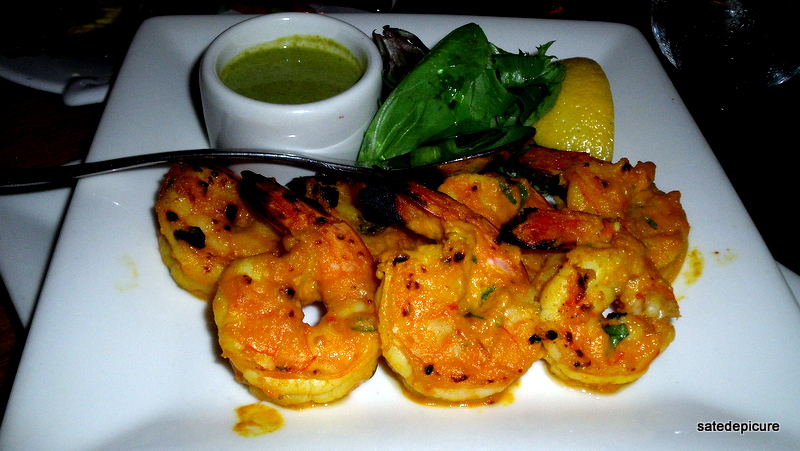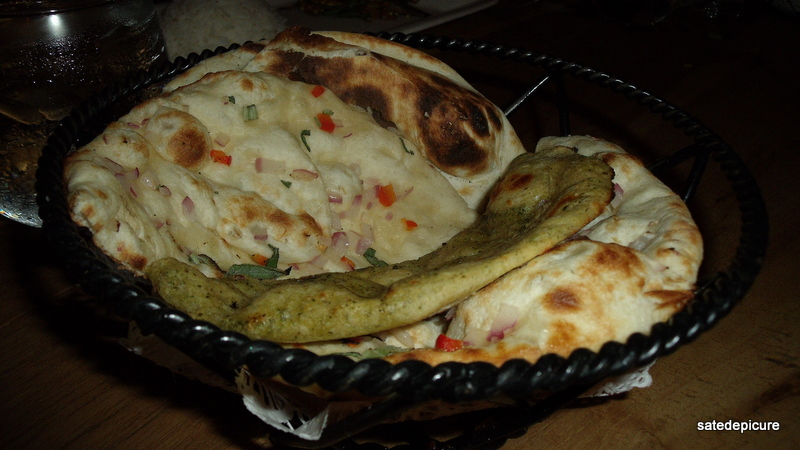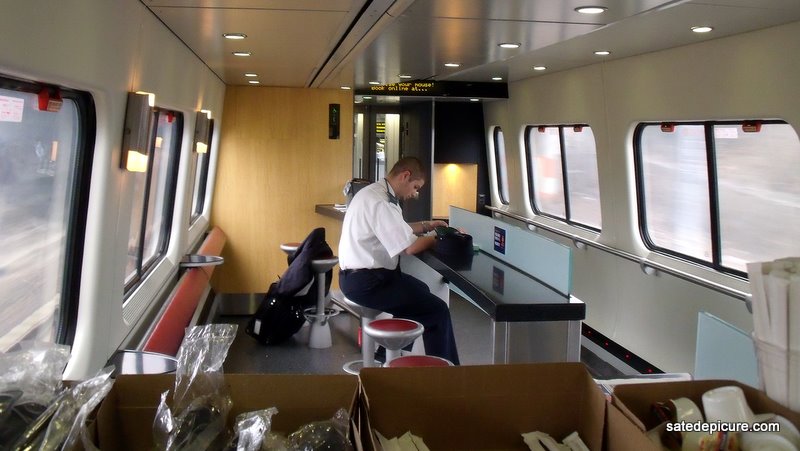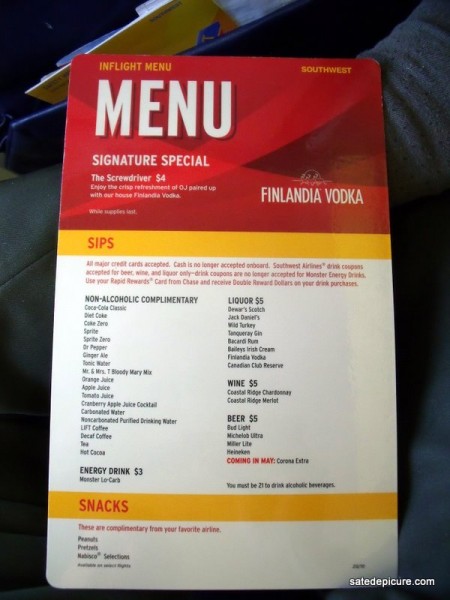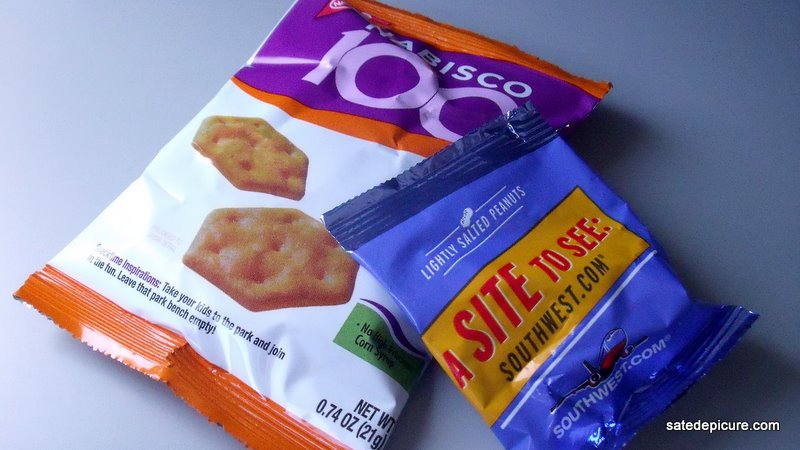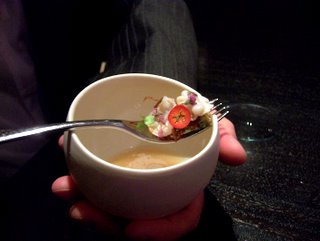You would think that sustainable seafood is a focus on Martha’s Vineyard but it isn’t, at least not to the extent it should be. Some restaurants, more than a few in fact, offer a sustainable choice or two but there are few if any as dedicated to sustainable seafood as The Home Port restaurant in the sleepy little fishing village of Menemsha located on the lower west side of this triangle shaped island. Don’t get me wrong, there are good restaurants on the island and some of them offer a sustainable seafood choice or two but none have integrated sustainable seafood into the operation in a manner that even comes close to The Home Port.
The Home Port Restaurant Back Deck, Menemsha, MA
The Home Port is an institution. In business since 1930, it’s a beloved landmark and family dining destination. Situated just on the eastern side of Menemsha harbor The Home Port faces south west offering deck side diners a view of one of the nicest sunsets on the east coast. My first visit here was twenty years ago and nothing about the restaurant has changed….except the menu.
Dining Room with Blue Glasses
I arrive in a group of four and a smiling college-age server leads us over to a table along the far wall along a bank of windows. She takes a quick beverage order (The Home Port is BYOB) and departs for a few seconds while we settle in. The sun is hanging low over the horizon painting the interior of the restaurant in light orange and yellow. Tables are hard pine and maple as are the walls and trim that compliment solid wooden chairs with just the right patina for a restaurant this old. The flatware and china are simple and you won’t find table linens or cloth napkins here. This is the type of place where, when eating a lobster, you wear a goofy plastic bib printed with a step-by-step set of instructions for how to eat it (you know the one). No pretension here. Dozens of fish, well preserved by a taxidermist, line an entire wooden wall. It’s such a wonderful, bright, warm and inviting dining room and I love being here.
Customers Under Taxidermied Fish
For years the Mayhew family (a Vineyard institution in and of themselves) ran The Home Port. More recently, for 32 years until 2009 to be precise, Will Holtham owned and operated the restaurant. Holtham, author of the just released Home Port Cookbook, decided to sell in 2009 and the Town of Chilmark proposed purchasing it for cool $2,000,000 so they could demolish it in the name of progress…a parking lot and public bathrooms. Enter a counter offer from Bob and Sara Nixon, owners of the Menesha and Beach Plum Inns. After a quick vote by the residents of the Town of Chilmark, the Nixon’s saved The Home Port and Holtham was on his way into retirement, cash, recipes and cookbook deal in hand.
Oysters on the Back Deck
After becoming involved with the local Fisherman’s Association Sara announced on May 27th, 2011 that The Home Port would only serve locally caught fish. By locally caught, she means fish that are caught in the coastal waters surrounding the island and landed on local docks. I love it (go Sarah)! No one on the island is as deeply committed to sustainable seafood as Sarah and Bob and they changed their business model to prove it. This is why I am here.
Server With Specials
My server is back and she presents the table with a medium sized chalk board that lists all the specials for the evening. The Cherry Stones and Little Necks are from Menemsha (delicious), the Oysters are from Katama (exquisite), the Fluke, Bluefish and Squid are from Menemsha too. I order the bluefish with creamed corn just to give it a shot. To my delight, the fish is absolutely delicious and perfectly cooked. Bluefish is great but is has to be perfectly fresh, the fish has no shelf life. It’s best when seared or broiled hot with the skin intact, scales removed, since the flesh cooks quickly and falls apart easily. My fish had the skin intact, was crispy on the top and moist in the middle. Most people think of bluefish as a trash fish but when served correctly like this, it’s wonderful. I also have a taste of the local fluke and, although presented
simply (almost too simply) it too is perfectly cooked and well seasoned if not a bit ugly.
Blue Fish Looking at You
As I said before, The Home Port serves simple food. You won’t find the latest culinary trend or the most outrageous presentations in the world but you will find good and, better yet, local fish served properly cooked and well seasoned. Arrive just before sunset, sit on the back deck, bring your own booze and order one of the local sustainable seafood items. Enjoy!
Sautéed Fluke with Lemon Brown Butter, Kale and Local
Tomatoes, Boiled Potatoes
Broiled Bluefish with Parsley Butter and Local Creamed Corn
Menemsha Sunset
512 North Road
Menemsha, MA 02252
(508) 645-2679


